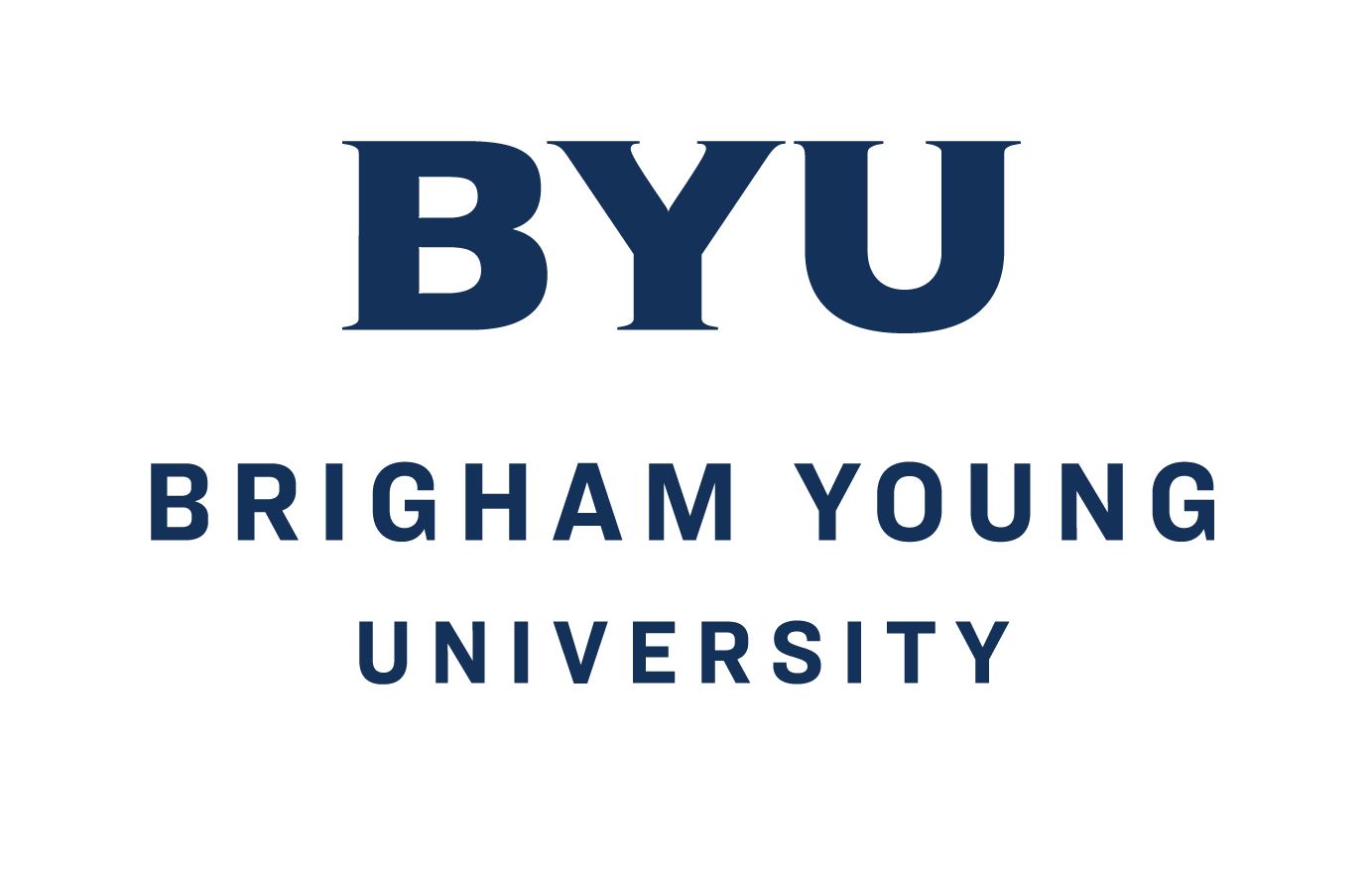In the late 19th and early 20th centuries, artists flocked to the American Southwest captivated by its rugged, unspoiled landscape and the native people who had been there for hundreds of years. The artistic visions of this land and its people captured in vivid hues and bold colors on the canvases of these painters continue to resonate today as museums and collectors compete with increasing enthusiasm to build collections of Southwest art.
“Visions of the Southwest from the Diane and Sam Stewart Art Collection,” a new exhibition at the BYU Museum of Art opening Friday, Feb. 13, will feature 124 works of art from the private collection of Diane and Sam Stewart, Utah art collectors and friends of the museum. It will be on view in the Marian Adelaide Morris Cannon Gallery on the museum’s main level through July 3, and admission is free.
The Museum of Art will host an opening reception for this exhibition on Thursday, Feb. 12, from 7 to 9 p.m. The Stewarts and museum staff will be available to answer questions about the works in this exhibition during this time. There will also be live music and light refreshments. This reception is free and open to the public.
The oil paintings, works on paper, and sculpture in this collection were created by many of the master artists of Taos and Santa Fe, New Mexico — including Oscar E. Berninghaus, Bert Phillips, E. Martin Hennings, Joseph Henry Sharp, Georgia O’Keeffe, Conrad Buff, and Freemont Ellis — as well as their contemporaries in California, Utah, and other Western states. Native American baskets, pots, and rugs from the Stewart’s collection and furniture from the Gerald Peters Gallery in Santa Fe will complement a number of the works in the exhibition.
“The Stewarts belong to a tradition of collecting Southwest art,” said Museum of Art Curator Paul Anderson. “This art has thrilled people for more than 100 years. And many have come to see the works produced by these artists as truly American because they relate us to our roots and connect us to the unspoiled land of the West.”
Anglo artists discovered Taos and other Pueblo settlements around the rugged Sangre de Cristo Mountains in the late 19th century. By the early years of the new century, artists’ colonies were thriving at Taos and Santa Fe. Enthralled with the stunning scenic vistas that surrounded them, the painters were drawn even more by the local cultures that had coexisted in peaceful serenity over the centuries.
These artists, who had mostly trained in Europe and the best Eastern schools, saw the Southwest landscape and people as fresh subject matter for a distinctly American art form. They saw the Pueblo culture as a perfect example of a people gaining strength from lives lived in harmony with nature, a striking contrast to the fast paced, competitive, industrial culture coming to dominate the rest of the country.
The generation of artists who arrived before the end of World War I, including Berninghaus, Phillips, Hennings, and Sharp, generally worked in traditional, representational styles they had mastered in their earlier studies. But these Taos artists were impelled to employ new techniques to effectively render the open, arid vistas and hard, white brightness of the high desert terrain.
They often used brighter, more intense colors and broader brushstrokes than they had previously employed in their landscapes and figures. Many artists who arrived after 1918, including O’Keeffe, Buff, and Ellis, produced works that were often more influenced by modernist trends that stressed the elemental shapes and the core ideas underlying the dramatic scenery and exotic local culture.
“The Stewarts have created a harmonious setting for these works of art in their rambling Southwest-style home in Palm Springs, California. The paintings are displayed together with collections of pottery, baskets, and other objects from Native American and Hispanic artists and artisans of the Southwest,” Anderson said. “We wanted the museum’s exhibition of this superb collection to give visitors a small taste of what it would be like to visit the Stewarts in Palm Springs, surrounded by beautiful art and fine craftsmanship.”
A cell phone tour will be available for this exhibition. MP3 players pre-loaded with the audio tour will also be available to check out for free from the Information Desk on the main level. Free docent-led tours will be conducted during regular museum hours and must be scheduled at least one week in advance. Tours usually last about one hour. Call (801) 422-1140 to schedule a tour.
For more information about the museum, visitors can call (801) 422-8287 or visit moa.byu.edu
Writer: Angela Fischer






